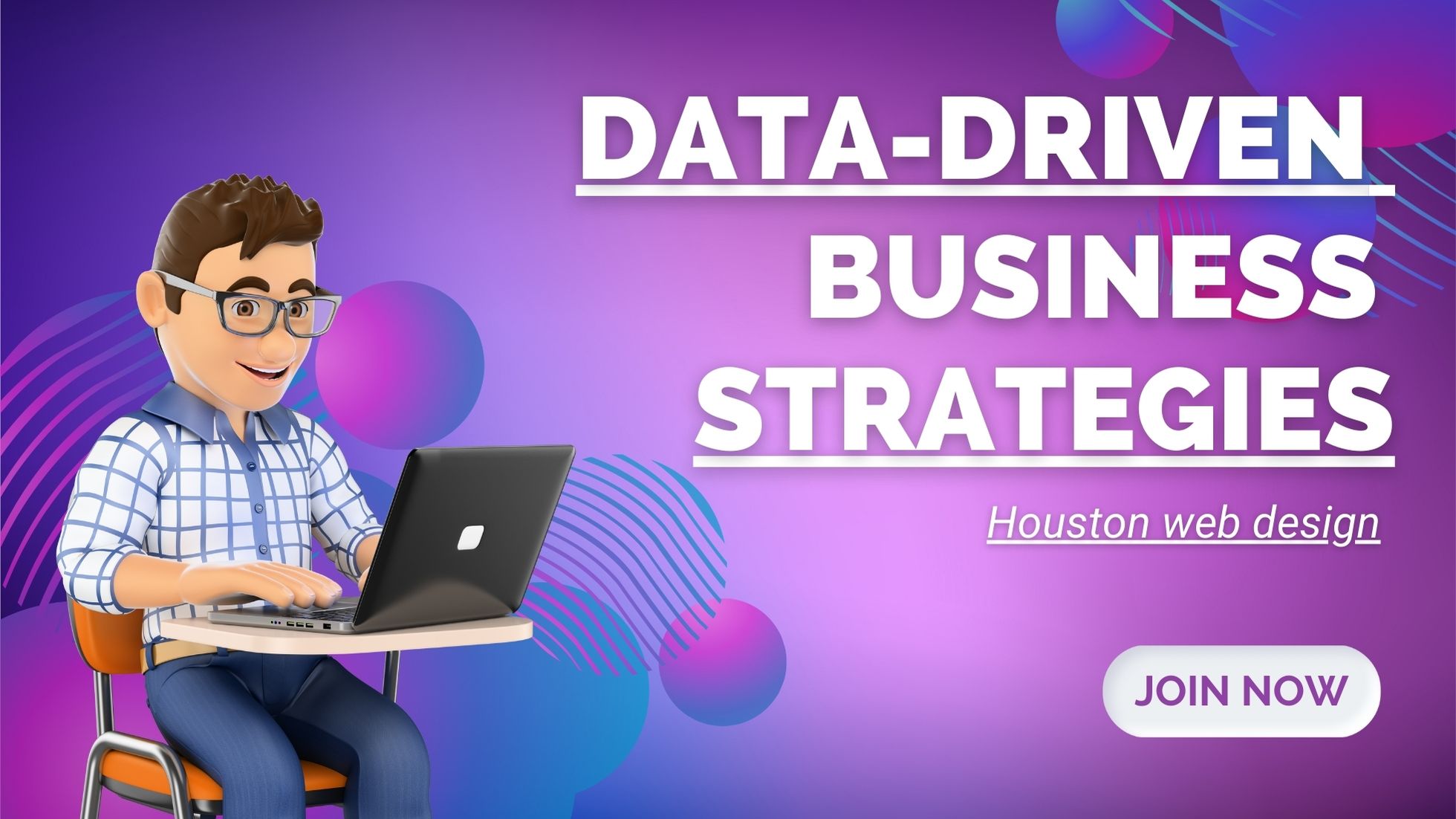
In today’s competitive marketplace, businesses need a clear edge to thrive. As an expert with extensive experience in implementing data-driven strategies, I’ll provide you with actionable, practical steps that go beyond the generic advice you might find elsewhere. These strategies are designed to help your business achieve measurable results and long-term growth.
What Are Data-Driven Business Strategies?
Data-driven business strategies involve leveraging analytics to inform every decision, from marketing to operations. Unlike surface-level advice, real-world implementation requires a nuanced approach to data collection, analysis, and execution.
Strategies for Building a Data-Driven Business
1. Establish a Centralized Data Repository
One of the most common pitfalls in organizations is siloed data, which leads to inefficiencies and inconsistent insights. Invest in a centralized system—such as a cloud-based data warehouse—to aggregate data from various sources, including CRMs, social media, and sales platforms. This ensures that your teams work with a single source of truth.
2. Prioritize High-Impact Metrics
Not all data is equally valuable. Identify Key Performance Indicators (KPIs) that directly impact your business objectives. For example:
- E-commerce: Conversion rate, cart abandonment rate, and average order value.
- B2B SaaS: Customer acquisition cost (CAC), churn rate, and lifetime value (LTV). Focus your analysis on these metrics to avoid being overwhelmed by unnecessary data.
3. Implement Predictive Analytics
Move beyond descriptive analytics (what happened) to predictive analytics (what will happen). Use tools like Tableau or Python-based ML libraries to forecast trends and anticipate customer needs. For instance, retail businesses can predict seasonal demand spikes and optimize inventory accordingly.
4. Develop a Data-Driven Marketing Funnel
Break down your marketing funnel and assign data-backed tactics to each stage:
- Awareness: Use demographic and behavioral data to target specific audience segments with precision.
- Consideration: Employ A/B testing to determine which content formats (e.g., blogs, videos) perform best.
- Decision: Leverage retargeting campaigns informed by CRM data to re-engage leads. This approach ensures your marketing budget is spent on strategies with a proven ROI.
5. Conduct Data Audits Regularly
Data quality is critical for effective decision-making. Schedule quarterly audits to:
- Identify and correct inaccuracies.
- Eliminate duplicate entries.
- Ensure compliance with data privacy laws such as GDPR. High-quality data leads to actionable insights, while poor data can derail even the best strategy.
6. Empower Teams with Self-Service Analytics
Equip your teams with user-friendly analytics tools, such as Power BI or Looker, so they can independently explore data and generate insights. Provide training sessions to ensure all employees understand how to leverage these tools effectively.
Real-World Data-Driven Business Examples
1. Optimizing Product Development with Data
A mid-sized manufacturing company used customer feedback and sales data to identify design flaws in their flagship product. By addressing these issues, they reduced returns by 20% and improved customer satisfaction scores.
2. Enhancing Logistics Efficiency
A logistics firm implemented route optimization software powered by real-time traffic data. This strategy reduced delivery times by 15% and fuel costs by 10%, directly impacting the bottom line.
3. Revolutionizing Customer Service
A telecom company adopted sentiment analysis tools to monitor customer interactions. By identifying negative sentiment early, they deployed proactive support measures, reducing churn by 18% within six months.
Common Pitfalls to Avoid
1. Relying Solely on Historical Data
While historical data is valuable, over-reliance can result in outdated strategies. Complement past data with real-time analytics for a balanced approach.
2. Neglecting Change Management
Introducing data-driven strategies often requires cultural shifts within an organization. Failing to address employee resistance can hinder adoption. Communicate the benefits clearly and provide training to ease the transition.
3. Ignoring Data Privacy Regulations
Non-compliance with data privacy laws can lead to hefty fines and reputational damage. Partner with legal experts to ensure adherence to regulations like GDPR or CCPA.
Elevating Brands with Houston Web Design by OWDT
An effective website is a cornerstone of any data-driven strategy. Elevating brands with Houston web design by OWDT illustrates how businesses can combine user behavior analytics with design expertise to create websites that drive engagement and conversions. By focusing on user-centric designs informed by data, OWDT empowers brands to achieve measurable growth.
Advanced Strategies for Maximizing Data Impact
1. Integrate Machine Learning Models
Leverage machine learning to uncover hidden patterns in your data. For example, retailers can use ML algorithms to predict customer churn and implement retention strategies proactively.
2. Utilize Behavioral Analytics
Track how users interact with your digital properties, such as websites and apps. Tools like Hotjar or Mixpanel can provide insights into user behavior, enabling you to optimize the user experience for higher engagement.
3. Develop a Data Monetization Strategy
If your organization collects unique datasets, consider monetizing this data by selling it to third parties or developing new data-driven products. For instance, a weather service could sell real-time weather data to logistics companies.
FAQ: Everything You Need to Know About Data-Driven Strategies
What is a data-driven business strategy?
A data-driven business strategy is a structured approach to decision-making that relies on data analysis rather than intuition or assumptions. It involves collecting, analyzing, and applying data to improve efficiency, customer satisfaction, and overall performance.
What are data-driven sales strategies?
Data-driven sales strategies use data to enhance every stage of the sales process. This includes identifying high-potential leads, personalizing outreach efforts, and optimizing sales funnels through analytics tools. These strategies focus on targeting the right customers at the right time with the right message.
What are examples of a data-driven approach?
Examples include:
- Predictive analytics to forecast customer trends.
- Personalization of marketing campaigns using customer behavior data.
- Route optimization in logistics to improve delivery efficiency.
- Sentiment analysis in customer service to reduce churn.
Which tool is essential for data-driven sales strategies?
CRM platforms like Salesforce or HubSpot are essential for managing customer relationships and analyzing sales data. Additionally, tools like Tableau, Power BI, or Google Analytics can provide advanced insights to refine sales strategies.
Conclusion
Implementing data-driven business strategies is a journey that requires focus, precision, and commitment. By following the expert strategies outlined here, you can harness the full potential of your data to drive innovation, efficiency, and growth. Remember, the goal is not just to collect data but to transform it into actionable insights that lead to meaningful results.




